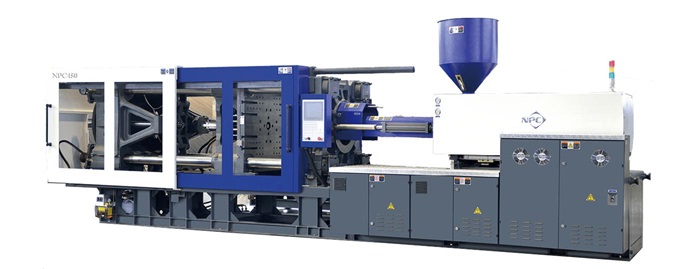

In Europe as well as America, the plastic injection molding sector has a rich history that extends as far as the nineteenth century. Many scientists and creators have used a range of plastic substances over the years.
However, there are only two main types of presses and equipment utilized in the injection molding process: hydraulic and electric, with a combination of the two machines being available.
The fact that hydraulic machines were more affordable than electronic ones was one of the main factors contributing to their sustained dominance in the injection molding industry. On the other hand, the advantages of electric devices frequently outweigh that initial expense in the long run.
If you want to purchase a high-quality and durable machine of your choice, you will need to partner with a reliable and trusted injection molding machine manufacturer.
Traditional hydraulic injection molding equipment is less efficient than electric equipment because it uses energy even when it is not being used. Electric injection molding machines only utilize energy when they are in use, therefore their motor performance is only ever as great as what is needed to move the load.
Hydraulic systems are driven by hoses, valves, and pipes, which results in a significant amount of wasted energy, whereas electric devices are controlled with a computer. Because individual motors drive each component, including the injection, extruder, clamping, and ejection, entirely electrically powered machines have the advantage of being faster and more effective throughout the entire process.
Electric presses may be adjusted faster than hydraulic presses because they have fewer parts and fluids to heat up. Hydraulic presses have many more parts and fluids to heat up. When utilizing an electric press, offers reduced start-up and run scrap, resulting in lower costs.
When compared with hydraulic machines, the process is faster, more precise, cleaner, and reproducible with less waste, which results in an approximate decrease in energy consumption of 50 to 75 percent.
The absence of leakage, which results in reduced downtime and contamination of material, is another advantage of all-electric machinery. Additionally, consumable costs are lower because there are no oil or filter replacement costs.
Some people have switched to hydraulic-electric machinery, which combines some of the energy-saving advantages of electric machinery with some of the extra power offered by hydraulic machinery. However, because three of the four axes are normally hydraulic, these machines are less effective than electric injection molding machines in terms of efficiency and energy waste.
Although electric equipment may initially cost more than hydraulic ones, the financial gains over time are significant, making the investment worthwhile. Utilizing only entirely electric injection molding equipment enables businesses to give the best goods and services to their manufacturing partners.

Depending on the model you use—a hydraulic or an electric injection machine—injection molding machines provide several advantages.
To acquire a high-quality and durable product, it is crucial to partner with a reputable and trustworthy injection molding machine manufacturer.
Our team at NPC Precision Machinery Co., Ltd. is dedicated to creating high-quality goods that are both effective and efficient.
This is one of the main reasons we've built a strong reputation for offering our partners superior accuracy and success when working within the strictest constraints in the plastics industry.
By continuing to use the site you agree to our privacy policy Terms and Conditions.